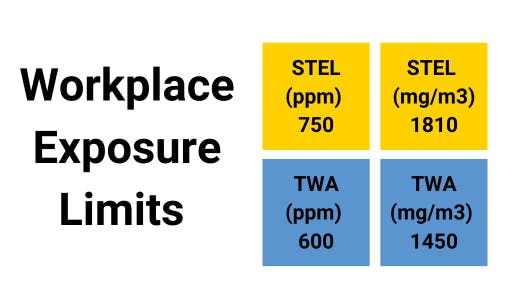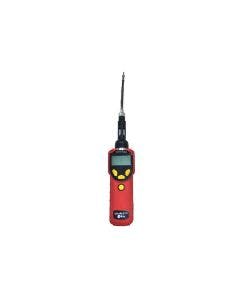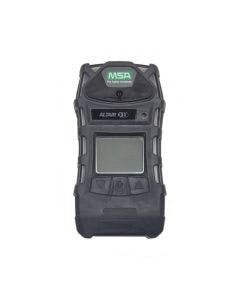Butane - Gas Profile





Butane (C4H10) is a colourless and highly flammable gas that smells similar to natural gas. Its commonly used in aerosol propellants and the manufacturing of chemicals for solvents, rubber and plastics. Butane gas is used as a fuel in commercial and residential boiler systems and commonly used goods like cigarette lighters, portable stoves and torches.
Butane is produced by refining crude oil and natural gas and can be a by-product of biomass and landfill gas. As butane is a highly flammable gas, it can ignite easily when exposed to heat, flame, embers and sparks, posing a high risk of explosions. Due to this risk, butane should be used in a well-ventilated area, away from possible explosion risks, and not in small enclosed environments. In transport, butane is stored as a liquid under pressure as it quickly transforms from a liquid to gas in normal temperatures and pressure. Keeping as liquid under pressure reduces the risk of explosion, making it easier to be stored and used in various applications and vapourised for use when needed.
As well as the risk of explosion, butane can be very aversive to human health. When inhaled, butane can cause dizziness, nausea, loss of consciousness and headaches. People working in and around applications with a risk of butane should be particularly aware of these symptoms, especially when using machinery and equipment.
Butane has a melting point of -138 Celsius and a boiling point of -1 Celcius.
- TWA (ppm) 600
- TWA (mg/m3) 1450
- STEL (ppm) 750
- STEL (mg/m3) 1810
- CAS number – 106-97-8
Fun Fact – Butane can cause frostbite when it comes into contact with the skin.

Applications used in
- Energy Industry: Butane is used as a fuel in the energy industry to generate heat and power. It can fuel gas stoves, heaters, and boilers in residential and commercial buildings.
- Petroleum Industry: Butane is a by-product of crude oil refining, used as a feedstock for producing other chemicals and fuels and is used in the production of gasoline, liquefied petroleum gas (LPG), and other petrochemicals.
- Chemical Industry: Butane is used as a feedstock in the chemical industry to produce chemicals like butadiene, isobutylene, and other polymers.
- Pharmaceutical Industry: Butane is used as a propellant in pharmaceutical products, such as inhalers and topical sprays.
- Food and Drink Industry: Butane is used as a food propellant in aerosol food products like whipped cream and cooking sprays and in small refrigeration systems, such as portable refrigerators and air conditioners.





